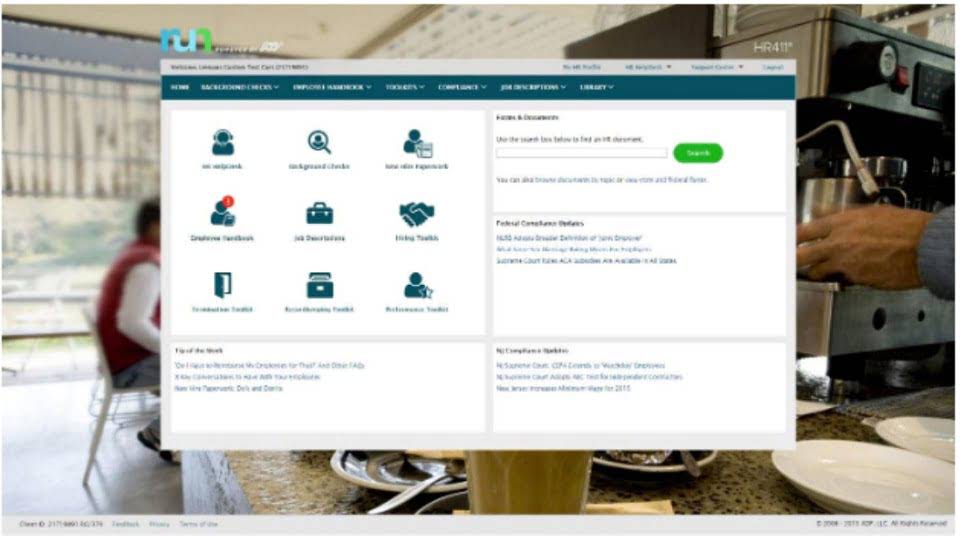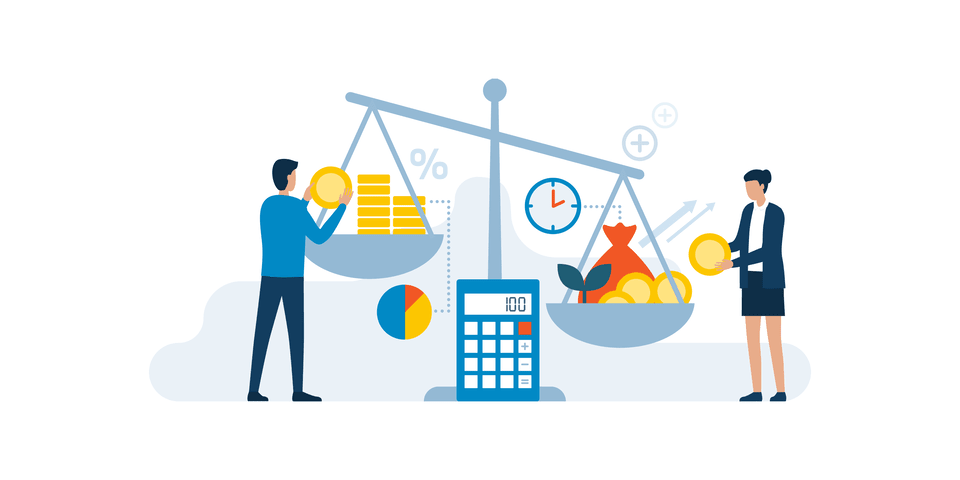
The first step in auditing cash flow is to create a balance sheet and a profit & loss statement for the past year and audit both. The figures from these documents will help quicken the process when crafting your cash flow statement. Average time to payment refers to the time taken to process an invoice from receiving it to payment. Average https://www.bookstime.com/ time to payment differs from accounts payable days as companies might withhold payment to maintain cash flow even when an invoice has been processed.
Accounts Payable Internal Audit Checklist – Everything you need to know

Automated processes reduce the time spent on tasks like data reconciliation and record matching, allowing audits to be completed faster. AP automation uses AI-driven algorithms to identify irregularities like unauthorized payments, unusual transaction patterns, or fraudulent activities. The vendor master file is a comprehensive document containing key information about all vendors, such as contact details, banking information, and payment terms. Auditors review this file to ensure vendor information is accurate and up to date. They also check for duplicate or inactive accounts, which can lead to errors or fraud.
Follow-up reviews and corrections
The examination phase also ensures compliance with internal policies, vendor agreements, and regulatory standards, addressing risks like unauthorized transactions or unrecorded liabilities. The program outlines the methods, documentation, and personnel required for a smooth audit process. Importantly, this program can be customized to meet the specific needs of different companies, ensuring that the audit is tailored to address the unique challenges and risks they may face. The planning phase ensures everyone understands the objectives and has the resources to proceed effectively. In this blog, we’ll explore the essentials of an accounts payable audit, including its importance, key steps, and how the right AP audit software can streamline QuickBooks ProAdvisor the process for modern finance teams.
- Analyzing the accounts payable (AP) ledger and the general ledger is a crucial step in ensuring the accuracy and completeness of financial data.
- For example, an invoice recorded with an incorrect amount might overstate expenses, reducing net income and skewing profitability metrics.
- Assessment also includes verifying that staff follow procedures consistently and that technology is used effectively to reduce manual errors.
- In this guide, we will see what accounts payable is, what auditing accounts payable means, and how to prepare your business for an accounts payable audit.
Accounts Payable Auditing: The 8-Step Process
- Auditors will examine accounts payable processes to confirm that transactions and events are being properly recorded and disclosed.
- Issues like duplicate payments, unauthorized transactions, rogue spending,and inaccurate records could all lead to significant financial losses.
- In addition to storing important information, automation can help facilitate an accounts payable audit.
- The average cost per invoice is an important metric indicating how cost effective your accounts payable processes are.
- Average time to payment differs from accounts payable days as companies might withhold payment to maintain cash flow even when an invoice has been processed.
This includes collecting and storing all necessary information, such as tax identification details, business registration certificates, banking information, and contact details. Such details verify vendor identity, address, and tax compliance, thereby mitigating fraud risk. They also affirm whether contractors and service providers are qualified, legitimate, or eligible for the issuance of 1099 forms.


Any discrepancies—such as missing invoices, incorrect amounts, or mismatched dates—should be flagged for resolution. This ensures all liabilities owed to suppliers are properly recorded, preventing future disputes or errors in financial reporting. The first step involves reconciling accounts payable balances with the general ledger. This means verifying that every recorded liability in the accounts payable system matches what is reflected in the general ledger. Even minor discrepancies can signal larger issues, such as unrecorded liabilities, duplicate entries, or errors in data entry. Testing vendor accounts and invoices provides a closer look at the accuracy of transactions.
Accounts Payable Audit Phase 3: Reporting
- Compare current-period expenses to prior periods to detect inconsistencies that may signal errors or irregularities.
- They will need access to journal entries, documents, and internal policies relevant to the audit process.
- Proper three-way matching prevents unauthorized payments and ensures you receive what you pay for.
- Auditing every two weeks will mean that you’ll be keeping track of fewer factors and, in return, have a higher likelihood of creating a detailed and accurate report.
- Payroll accounts are another area where potential errors can be difficult to detect without an audit.
They streamline accounts payable processes and reduce manual intervention to significantly enhance accuracy, reduce errors and fraud, and provide actionable AP data. The primary goal of most audits is to verify that financial records are complete. To do this, auditors compare payable records to the company’s financial statements to confirm they match.
Research shows that businesses lose an average of 5% of their annual revenue to occupational fraud, with AP schemes being particularly common. For most private companies, implementing an AP audit program falls into the “voluntary but smart” category. An audit of payables can uncover duplicate payments, fraudulent transactions, and process inefficiencies that save money over time. Many finance teams schedule these reviews quarterly or annually as part of their internal controls framework. Even if your next accounts payable audit won’t take place for another year, it’s still important to decide how, ap audit if at all, you can make the AP audit process more efficient.
How to audit accounts payable (ace your next AP audit)
Paper-based reporting is inefficient and clunky, often leading to delays and reporting errors. For example, if the risk of material misstatement of accounts payable above is high, we may need to select a large sample size of payment transactions to examine. IntelliChief also helps you automate your core accounts payable workflows, which means that you’re less likely to experience errors as a result of incorrect data entry and manual calculations.

- Running an effective AP audit program requires consistent processes, the right tools, and well-trained staff.
- Automated invoice processing reduces processing errors and fraud and eliminates duplicate invoices.
- It assures stakeholders that your accounting procedures are consistent and transparent.
- It involves sifting through stacks of paperwork, expense reports, old receipts, etc.
- Understanding the trends produced by your cash flow statement is also essential.
- Fees to keep paper records storage add up fast, and records take up valuable space if stored on-site.
As an example, let’s suppose that you purchase a desktop computer worth $2,500 for your business from a dealer on credit. This increases your assets account because you have bought a computer, and increases your liability account by $2,500 because you have purchased on credit. This liability is recorded as accounts payable to the dealer and will be listed under the current liabilities section of your balance sheet. Paper invoices, purchase orders, receipts, and expense reports are risky, especially if your business relies on manual keying to enter data. Manual keying is prone to errors that can be difficult to catch and correct – verification requires tracking down the actual paper copy of the document.
